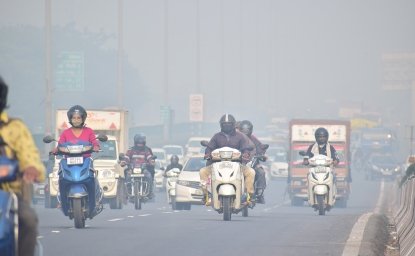20 Years After Doomsday Predictions, China Is Feeding Itself, But Global Impacts Remain Unclear
China has turned to the global commodity market and buying farmland abroad to augment this strategy, despite its efforts to be self-sufficient in its domestic grain and food production.





